Research Projects
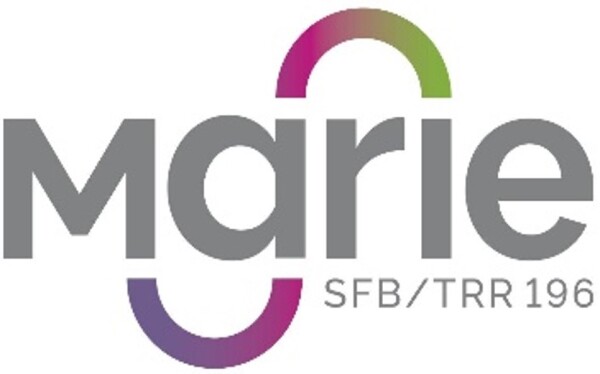
DFG Collaborative Research Center/Transregio SFB/TRR 196 MARIE
The vision of MARIE is to achieve precise and dynamic characterization and localization of moving objects/materials in our everyday life using a mobile material transceiver. The BHE field is involved in the SFB/TRR MARIE through the subproject C02. This project focuses on the research of efficient electronic terahertz sources. These sources are realized with resonant tunneling diodes (RTD) through special semiconductor processes in the indium phosphide material system. Oscillators can still be efficiently operated at THz frequencies.
Particularly important is the control of the emitted frequency and the phase of the oscillators to enable their coupling in fields. The principle of "subharmonic injection locking" is applied, meaning that the oscillators are phase-locked to a control oscillator with frequencies that are 2x or 3x lower.

EU Research Project (HORIZON) Move2THz - Sustainable InP platform and ecosystem upscaling, enabling future mass market (sub-)THz applications
Move2THz scales the InP platform along a fully integrated European value chain to create a sustainable and commercially viable technology, enabling mass-market applications such as mobile data communication and RF/bio-sensing, utilizing frequencies up to the THz range.

BMBF Research Project 6GEM - 6G Research Hub for Open, Efficient, and Secure Mobile Communication Systems
With their proposal "6GEM open – efficient – secure – safe," RWTH Aachen, Ruhr University Bochum, Technical University of Dortmund, and University of Duisburg-Essen successfully participated in a call for proposals from the Federal Ministry of Education and Research (BMBF). The four universities will collaborate starting August 1, 2021, along with four non-university research institutions on future communication technologies in 6G mobile communication. Co-applicants included the Fraunhofer Institute for Material Flow and Logistics, the Fraunhofer Institute for Microelectronic Circuits and Systems, the Fraunhofer Institute for High-Frequency Physics and Radar Technology, as well as the Max Planck Institute for Security and Privacy.

Research Network NRW terahertz.NRW
NRW Network for Excellent Terahertz Research for Communication, Localization, Material Characterization, Medical Technology & Environmental Monitoring

JointLab FBH-BHE Innovative Materials and Devices for Terahertz Electronics
The UDE has established the Joint Lab "InP Devices" in collaboration with the Ferdinand-Braun-Institut in Berlin. This Joint Lab leverages the complementary infrastructures of the FBH and UDE to combine fundamental material and device research at the UDE—focusing on indium phosphide (InP)—with the industrially applicable process technology of the FBH. With InP-based monolithically integrated high-frequency circuits (MMIC), it is possible to reach the highest frequencies in the terahertz (THz) band, thereby enabling new system applications to be realized cost-effectively. Together, the partners explore innovative semiconductor structures and devices for THz applications and develop integrated components for the use of electronic THz technology. The applications include non-destructive material testing, high-resolution medical imaging, and broadband communication systems.
Completed Research Projects

NRW Research InfrastructuresTerahertz Integration Center - THzIZ
The THz semiconductor chips developed in the ZHO by the fields of BHE and OE are well-known in the international research community—now, the ZHO is creating opportunities for the realization of complete THz modules. This enables collaboration with industry and research institutions at the system level for the applications of the future: 6G terahertz communication with data rates exceeding 100 Gigabits/s, state-of-the-art radar systems, material detection, and medical imaging. For new production facilities and equipment, UDE is receiving over €6.5 million from state and EU funds under the EFRE/NRW funding line for research infrastructures. This will lead to the establishment of a unique university Terahertz Integration Center (THzIZ) in Germany, covering the spectrum from materials through chip technology to modules and systems.
Funding: from 2019 to 2022
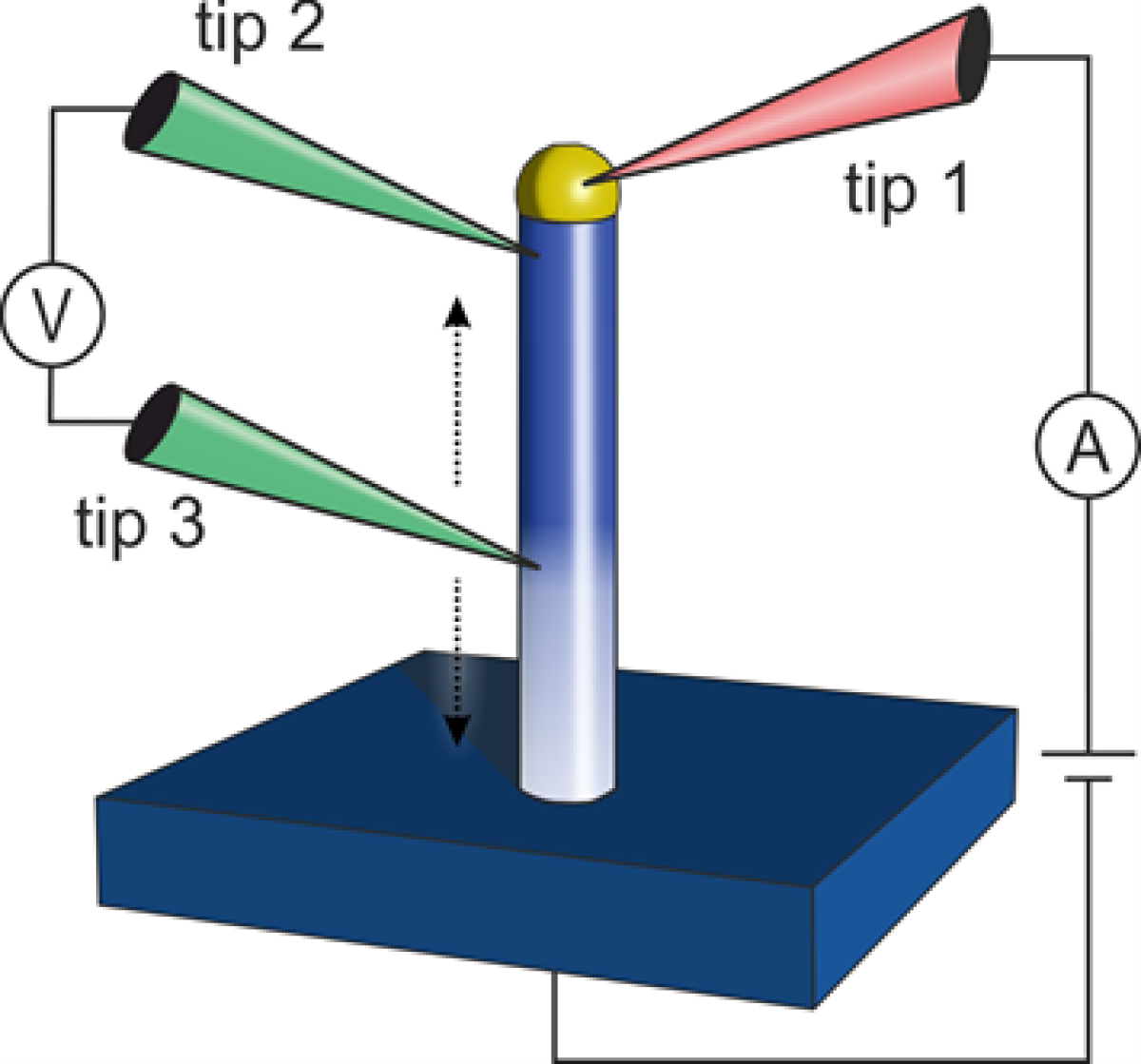
DFG Research ProjectAnalysis of Charge Transport in Charge-Separating III/V Nanowire Contacts
The leakage current through p-n contacts in semiconductor nanowires is several orders of magnitude higher than theoretical models and limits p-n applications in solar cells, light-emitting diodes, and transistors. In this project, leakage current mechanisms are analyzed, and strategies for reduction are developed. An experimental reduction of the leakage current by several orders of magnitude was achieved through the example of tunnel-enhanced defect recombination.
Project partner: Prof. Thomas Hannappel, TU Ilmenau
Funding: from 2019 to 2023

DFG Research ProjectFast Modulatable Nanowire LED in the Blue/Green Spectral Range
Gallium Nitride LEDs with Indium Gallium Nitride quantum wells minimize the energy requirements for lighting. However, the modulation of light from these quantum wells is very slow due to internal electric fields, which hampers applications in optical communication technology. The side surfaces of GaN nanowires are field-free and provide a pathway to achieve record values in optical data transmission.
Funding: from 2017 to 2022
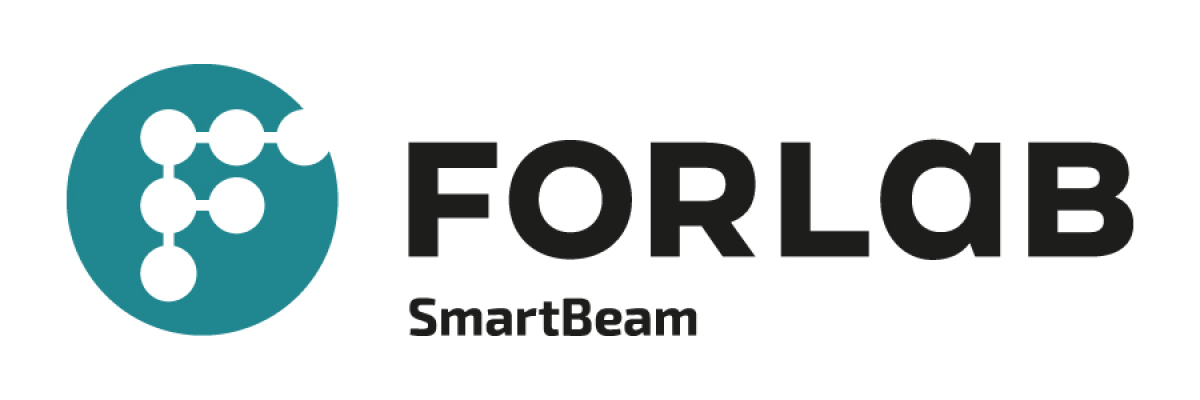
Research ProjectResearch Laboratory Microelectronics Duisburg-Essen for High-Frequency Beamforming (ForLab SmartBeam)
In the Microelectronics Research Laboratory (ForLab) SmartBeam, electronic and photonic high-frequency chips are developed. New applications in robotics and autonomous transportation require high-resolution radar systems with the capability for material discrimination. This can be achieved with carrier frequencies in the THz frequency range. To generate THz radiation with sufficient intensity, individual THz emitters need to be combined. These "phased array" configurations enable the steering of the beam in any direction for scanning the environment—this is the goal of ForLab SmartBeam.
The ForLab SmartBeam is funded by the BMBF with €4 million until 2021: a new crystal growth facility (metal-organic vapor phase deposition) for the growth of semiconductor structures for THz transistors, an atomic layer deposition (ALD) system, and THz measurement instruments will be newly acquired in this project. In addition to BHE, the fields of OE and DSV are also involved in ForLab.
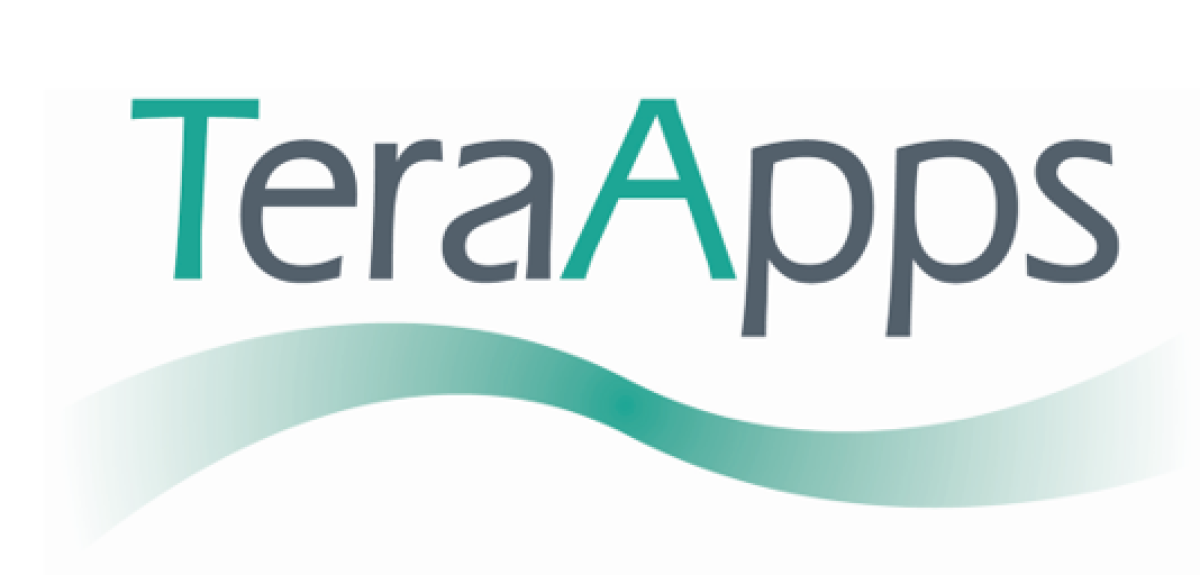
EU Research Project (Doctoral Training Network in Terahertz)Technologies for Imaging, Radar and Communication Applications (TeraApps)
TeraApps is a European Marie Skłodowska-Curie Doctoral Training Network for Terahertz technologies, led by the University of Glasgow. It includes 15 doctoral candidates who receive excellent training in the multidisciplinary field of semiconductor terahertz technologies at 10 leading European laboratories in science and industry, focusing on application areas such as imaging, radar, communication, and sensing. In Duisburg, the fields of BHE and ATE are involved.
Funding: from 2018 to 2021
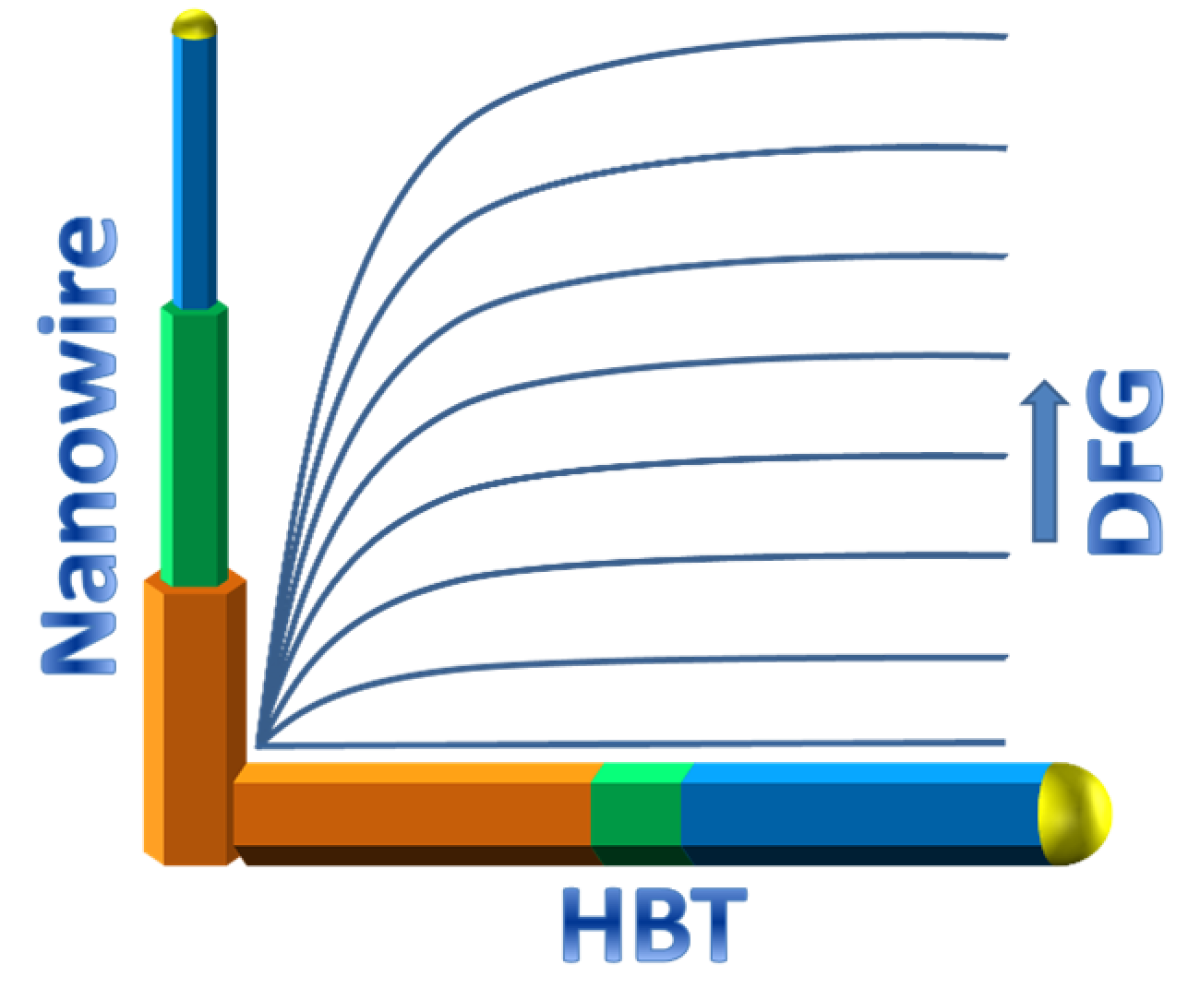
DFG Research ProjectNanowire Heterostructure Bipolar Transistor (NW-HBT)
III/V nanowire core/shell structures offer a complex nanoscale topology for heterojunction bipolar transistors. For the function of the device, a loss-free transport of minority carriers through the base is crucial. The project aims to develop an appropriate material design for highly efficient suppression of recombination mechanisms, with the goal of demonstrating a nanowire bipolar transistor for the first time.
Funding: from 2015 to 2020
